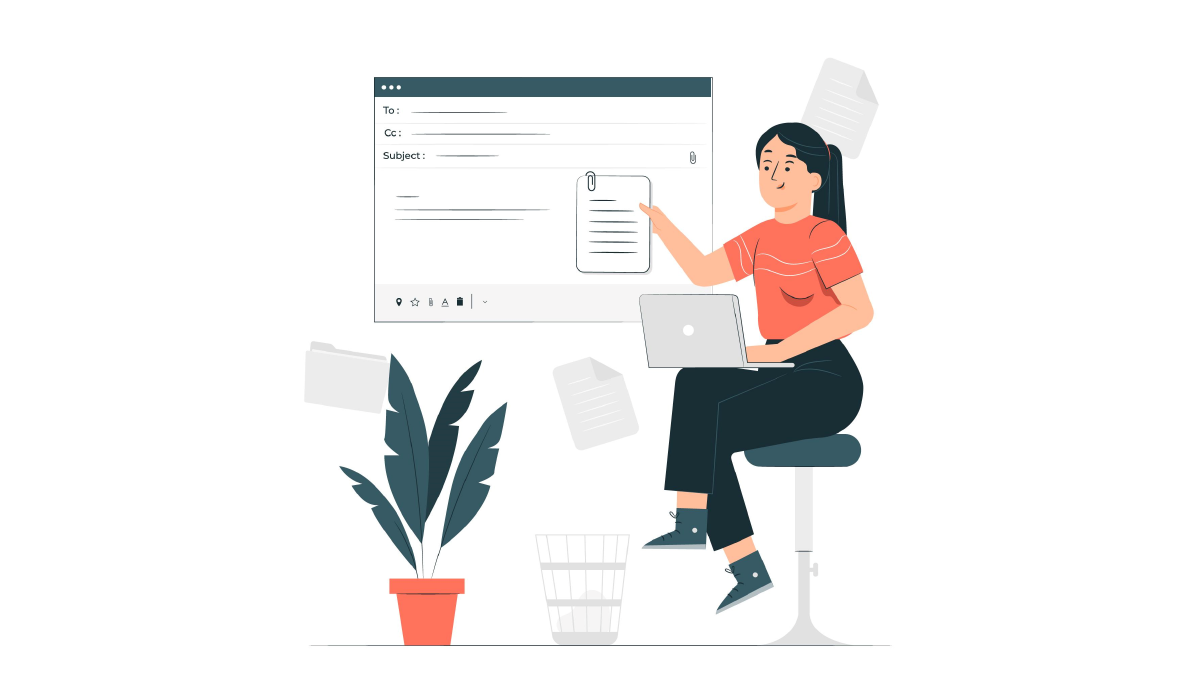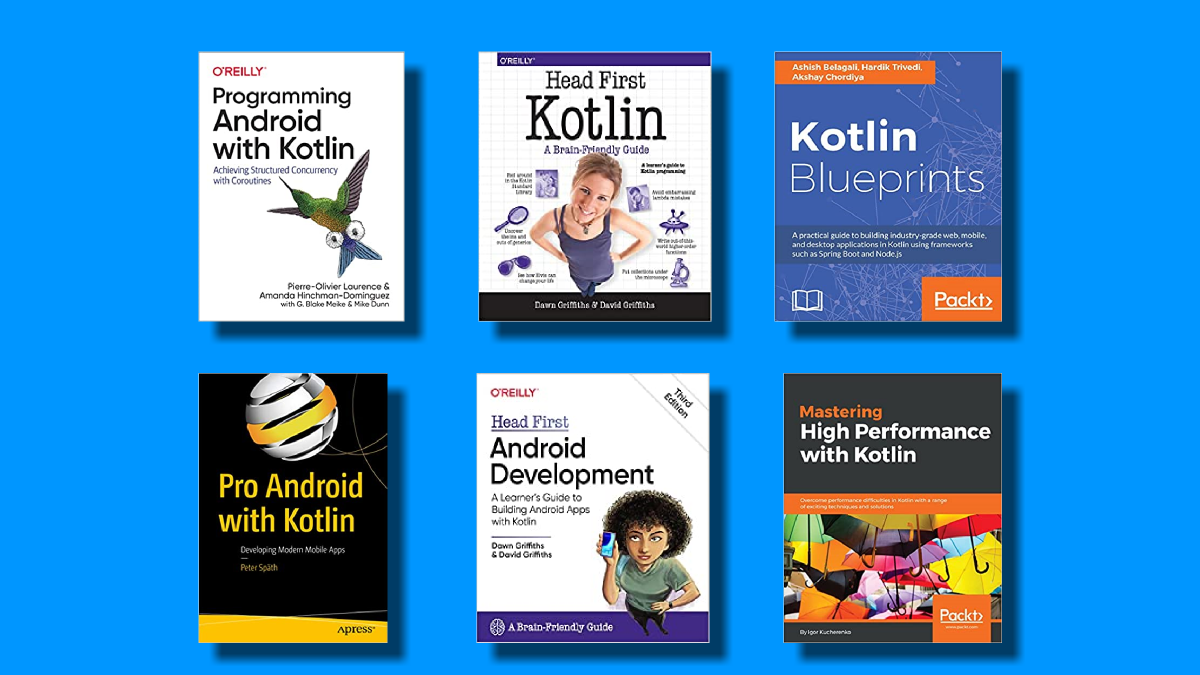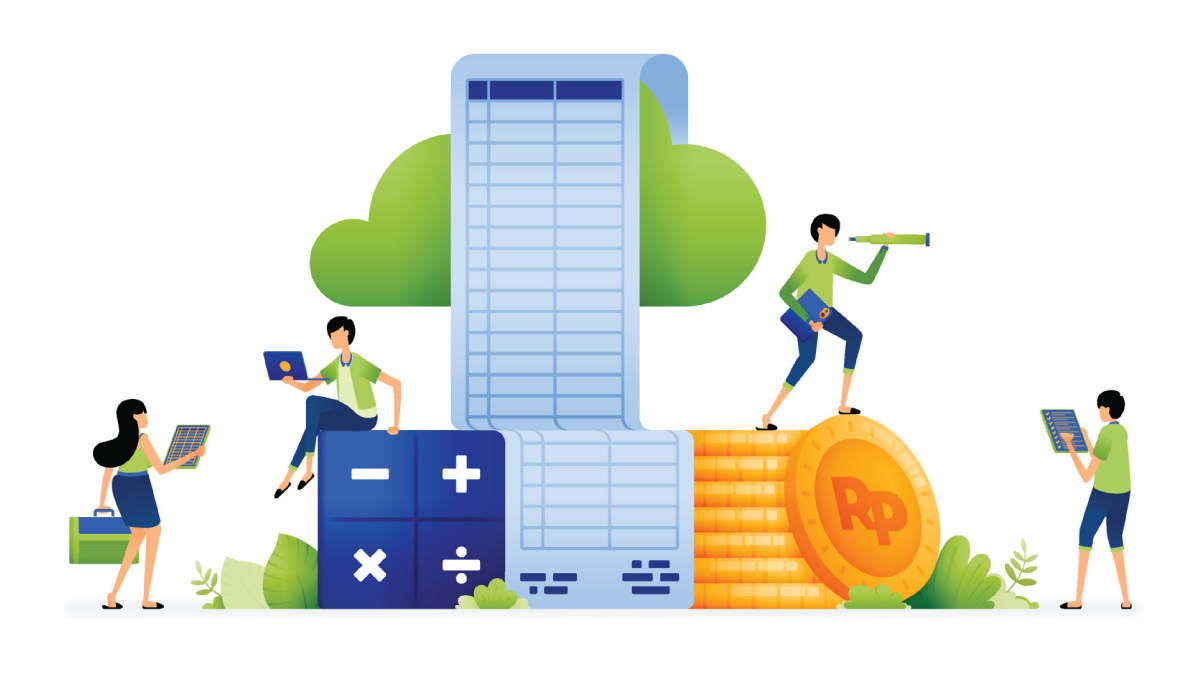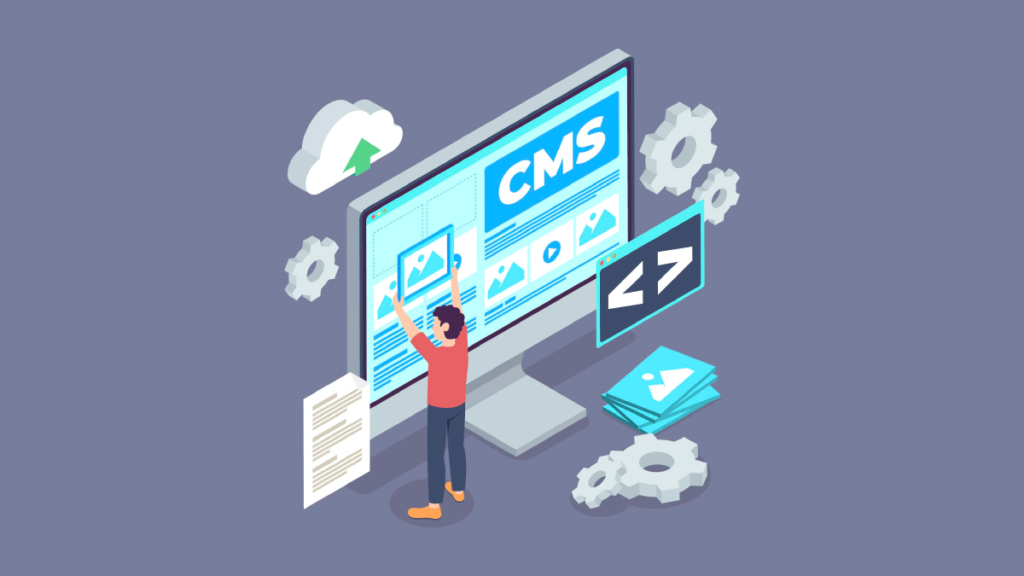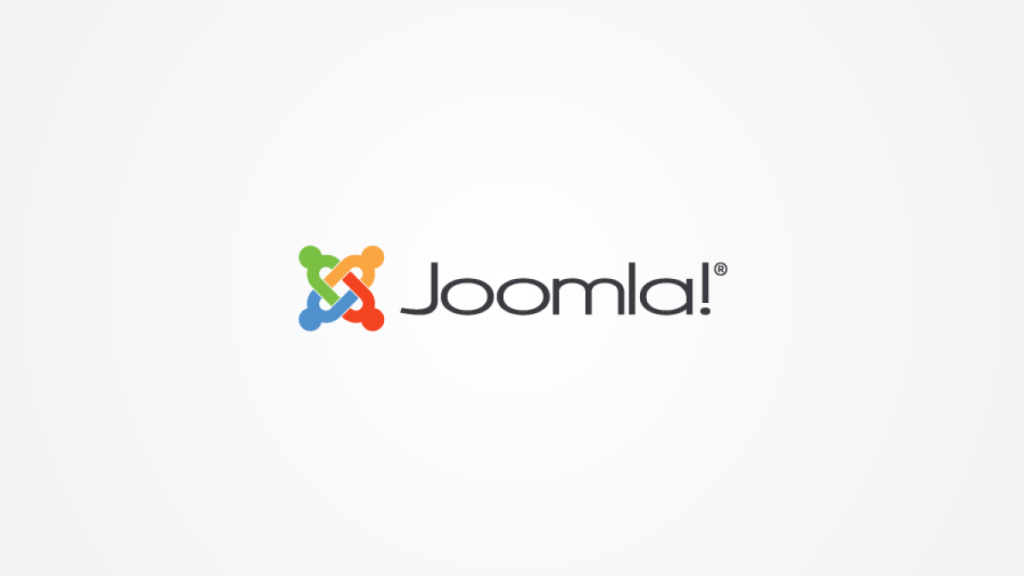Drupal is an open-source content-management system (CMS) that is free to use and has a large, helpful community. Millions of individuals and organizations all over the world use it to create and manage their websites. You very likely use or visited most of the Drupal websites on a daily basis without even realizing it because it is utilized by a large number of influential corporations and federal agencies, such as the government of Australia, The European Commission, The City of London, the Red Cross, Harvard, Tesla, Oxford University, NASA, The Economist, the BBC, NBC News, Whole Foods, Nokia, Nasdaq, Cisco, Twitter, and many more amongst a great number of other companies and organizations.
Drupal is a free, publicly available content management system that is distributed underneath the GNU Public License. This indicates that it has intrinsic advantages over proprietary software in terms of cost, flexibility, liberty, security, and responsibility. For instance, anybody could download and customize the Drupal platform at no cost. This guarantees independence from vendor “lock in” and gives users everywhere the ability to check Drupal’s underlying code for compliance and security flaws and swiftly correct them.
Drupal is a versatile content management system (CMS) built on the LAMP stack. Its modular architecture enables the addition and removal of functionality by installing and uninstalling modules, as well as the complete alteration of the website’s appearance by adding and uninstalling themes. The PHP scripts are required to execute the fundamental CMS functionality which is included in the Drupal Core base download, together with a number of optional modules and themes, as well as a substantial amount of JavaScript, CSS, and image assets. The Drupal.org website offers access to a large number of extra modules and themes.
Drupal can also be run on the following technological stacks:
- Windows or Mac OS may be used instead of Linux.
- Instead of using Apache, you should use Nginx or IIS as the web server.
- Instead of MySQL, the database you can use is PostgreSQL, SQLite, or a MySQL-compatible alternative like MariaDB or Percona.
Although it is possible to make various operating systems, web servers, and databases function, PHP scripts that are used by the programs which cannot be modified.






